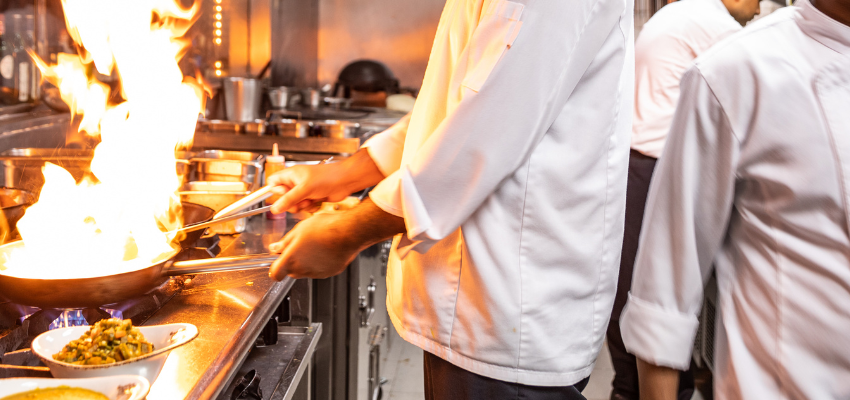India is emerging as one of the most dynamic and promising markets in the global food sector. With over 1.4 billion inhabitants and a steadily growing middle class, the country represents fertile ground for B2B foodservice operators, both domestic and international.
The key drivers? Digitalization, growing demand for plant-based and clean label products, rural area expansion, and new market entry strategies. In this context, understanding "India food market trends" is essential to seize upcoming opportunities.
The Food Delivery Boom: Models, Platforms, and B2B Opportunities
According to a GlobesNewswire report, 2025, the Indian food delivery market is projected to grow from USD 31.77 billion in 2024 to over USD 140 billion by 2030, with a CAGR of 28.17%. In comparison, the European market shows an average CAGR of 9,38% (GlobesNewswire), while in the US it stands around 10,3% (Grand View Research), underlining India’s rapid market expansion.
Case Study: Zomato and Hyperpure
Founded in 2008 as a restaurant review platform, Zomato has evolved into a foodservice super-app in India. Today it offers an integrated ecosystem including food delivery, consumer subscriptions (Zomato Gold), bookings, and most importantly, Hyperpure, its B2B platform for supplying ingredients and raw materials to restaurants.
Launched in 2019, Hyperpure allows affiliated restaurants to purchase fresh, traceable, certified products directly from farmers, producers, and selected suppliers. Thanks to its proprietary logistics infrastructure, Zomato ensures daily delivery of fruits, vegetables, dairy, meat, spices, and other ready-to-use kitchen ingredients. As of early 2025, Hyperpure served over 25,000 restaurants across 15 Indian cities.
Case Study: Swiggy and Instamart/Bolt
Swiggy, launched in 2014, quickly became one of India’s leading food delivery platforms. Through Instamart (quick commerce) and Swiggy Bolt (ultra-fast logistics services), the company expanded its impact on foodservice and grocery.
Instamart delivers food products, snacks, drinks, and fresh ingredients in under 15 minutes thanks to a growing network of strategically placed dark stores. Supporting this, Swiggy Bolt introduced faster last-mile logistics solutions.
By 2025, quick commerce accounted for about 40% of Swiggy’s total delivery volume (ET Retail).

Clean Label, Plant-Based, and New Consumption Needs
Indian consumers are increasingly attentive to health, sustainability, and transparency. The market for proteins in India grew to USD 3.8 billion in 2024, with projections reaching USD 10,5 billion by 2035 ((Market Research Future, 2024) and it's driven by rising the increasing demand for plant-based alternatives, and the growing sports nutrition segment, fueled by innovation and strong government support for agri-food development.
Case Study: GoodDot
GoodDot, an Indian plant-based pioneer, has introduced more than 50 plant-based alternatives for traditional dishes like keema pav and mutton curry. The company collaborates with local restaurants like Bademiya in Mumbai, bringing plant-based offerings into mainstream settings.
Opportunities and Entry Strategies for International Foodservice
India offers a favorable ecosystem for international partnerships thanks to an evolving regulatory framework. The FSSAI (Food Safety and Standards Authority of India) has introduced several reforms to align with international standards and facilitate the entry of foreign ingredients, technologies, and restaurant formats.
International trade shows like SIGEP can serve as a strategic gateway to explore the Indian market. Meeting Indian buyers and distributors without the need for immediate travel enables companies to understand market dynamics, build connections, and plan partnerships more effectively.
Foodservice guest country Sigep Vision trends
















